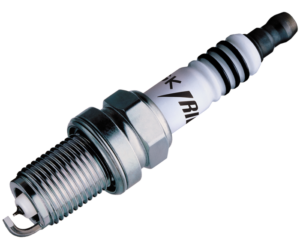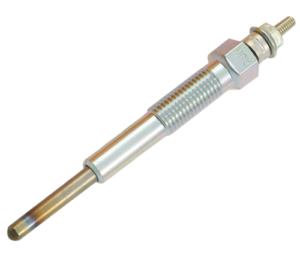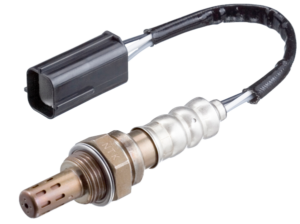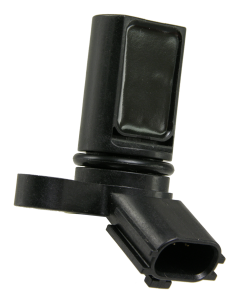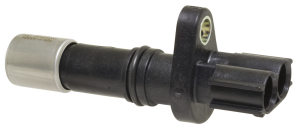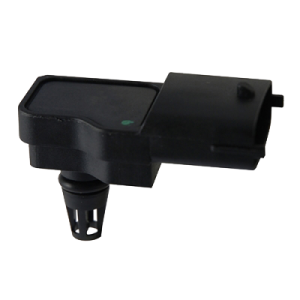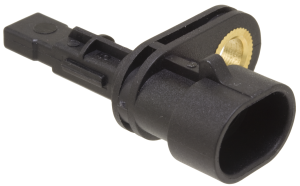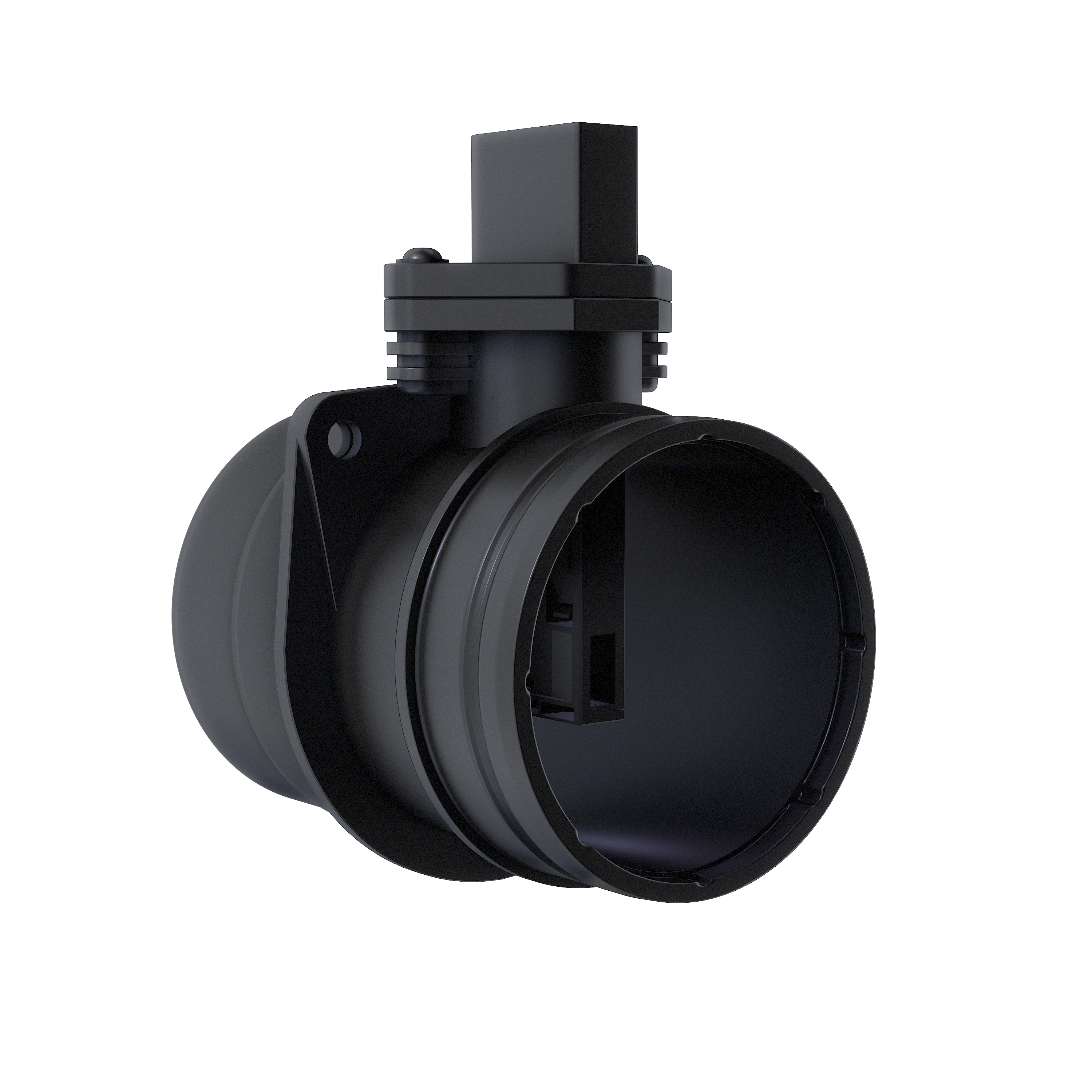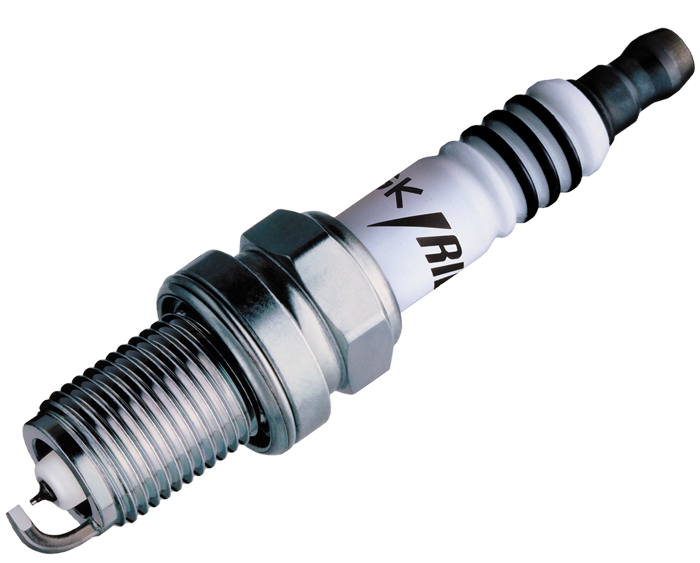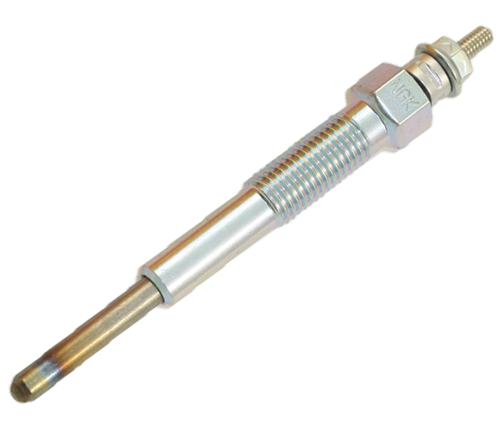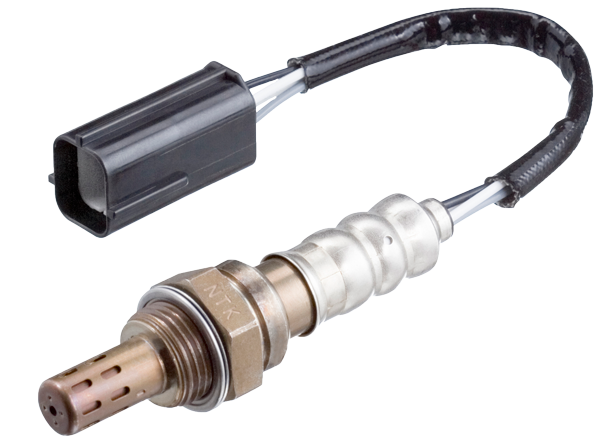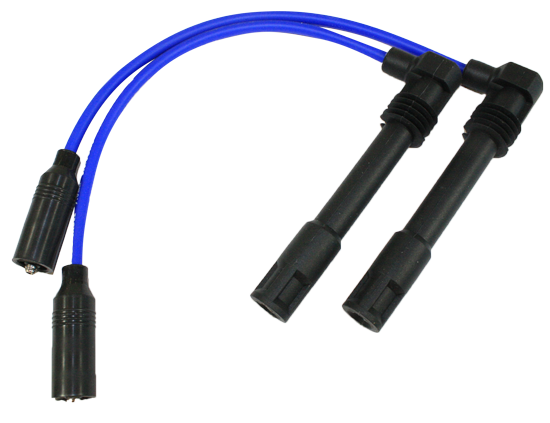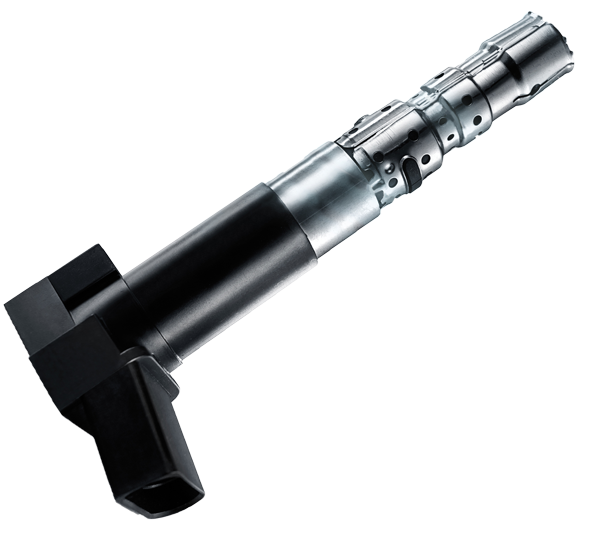There are two critical factors that need to be understood when converting a vehicle from petrol to LPG:
- LPG burns hotter
- LPG increases the voltage requirement at the electrode gap
In an attempt to correct these two factors, as a general rule we suggest to:
Use a spark plug that is one heat range colder than standard to compensate for the increased heat from LPG:
The temperature profile of an engine may vary between vehicles. As such, the effect of LPG on the operating temperature of one vehicle may not be the same for another vehicle.
For example, lets say that LPG increases the average operating temperature by 200°C. If the average operating temperature of a Holden Commodore (which uses a 6 heat range) was 700°C the addition of LPG would exceed the operating range of 870°C. As such a colder plug may be required. However, a Ford Falcon for example (which also uses a 6 heat range) may have an average operating temperature of 500°C, the addition of LPG is still within the 450 – 870°C operating range and a colder plug may not be required. Please note that these values have only been used for illustration purposes.
Reduce the electrode gap of conventional nickel spark plugs by 0.1mm to compensate for the increased voltage:
It is difficult to gauge exactly how much the voltage requirement has changed as other factors such as engine wear, loss in compression and ignition system weakness for example may provide an influence. As such the electrode gap may need to be adjusted several times until the correct gap setting is achieved for that unique vehicle.
Unless the vehicle is a production vehicle designed for LPG, the installation of LPG results in a modified engine. As such, it is the end users responsibility to ensure that the engine components have been considered and altered if necessary to allow for the modifications.





